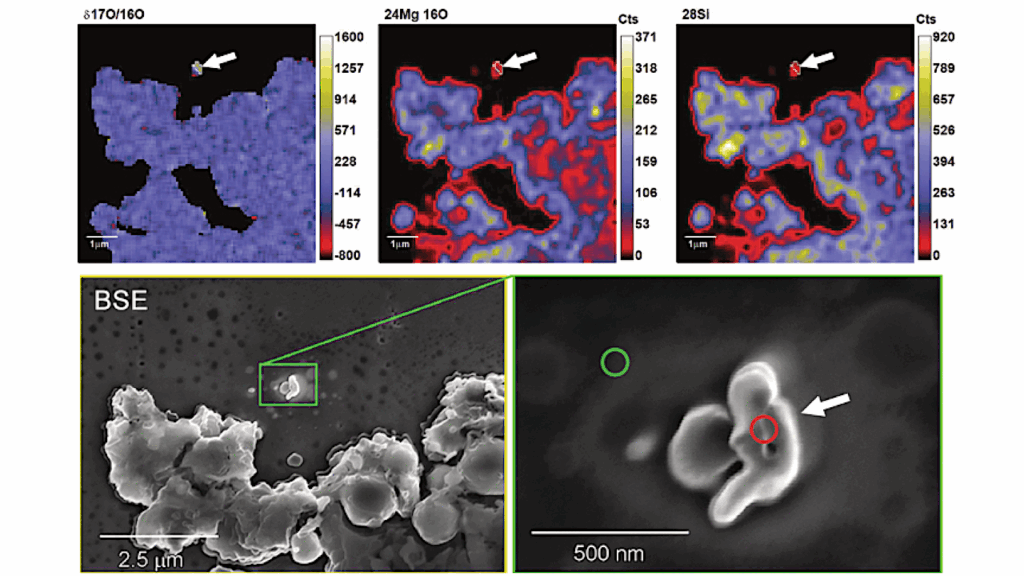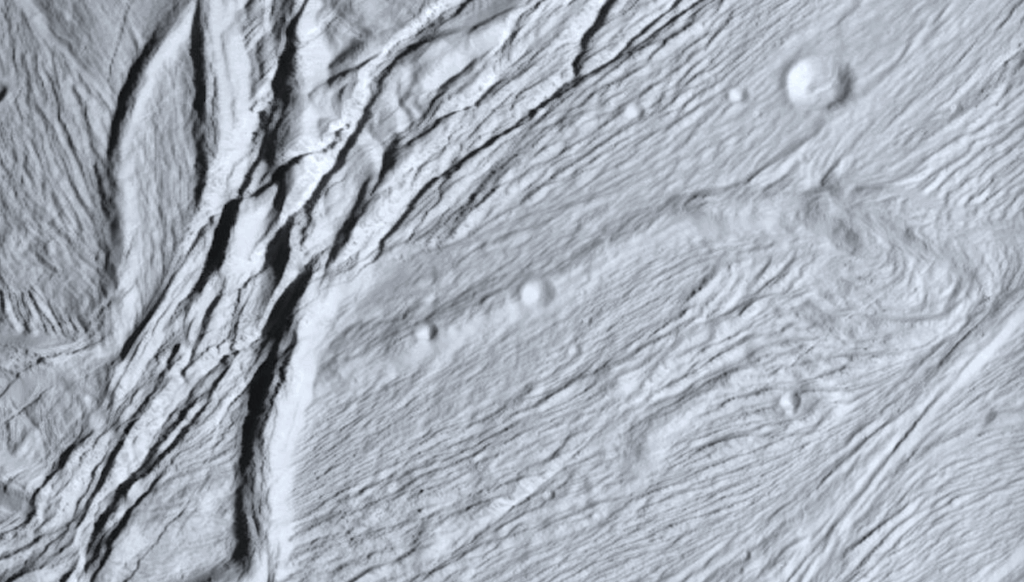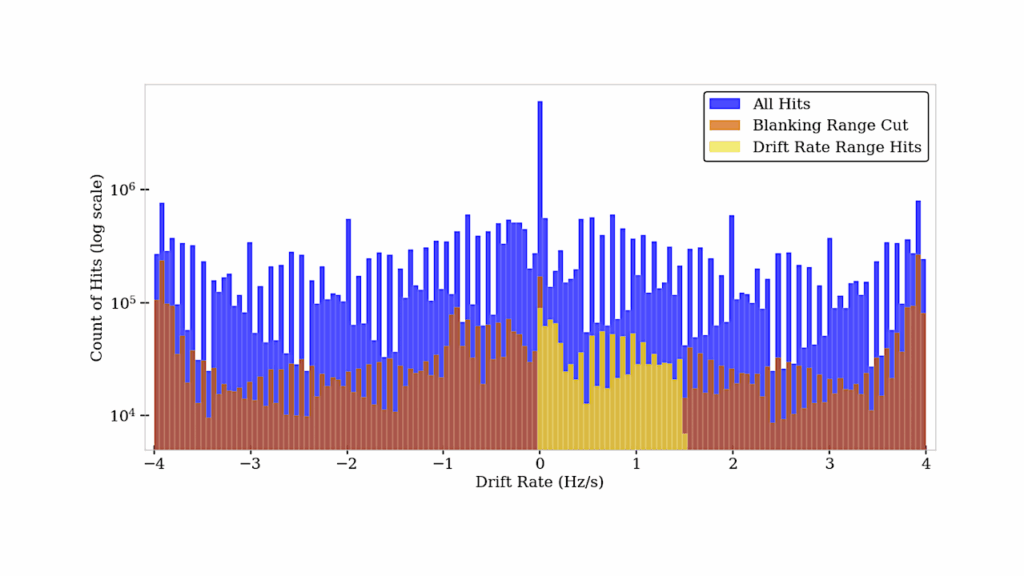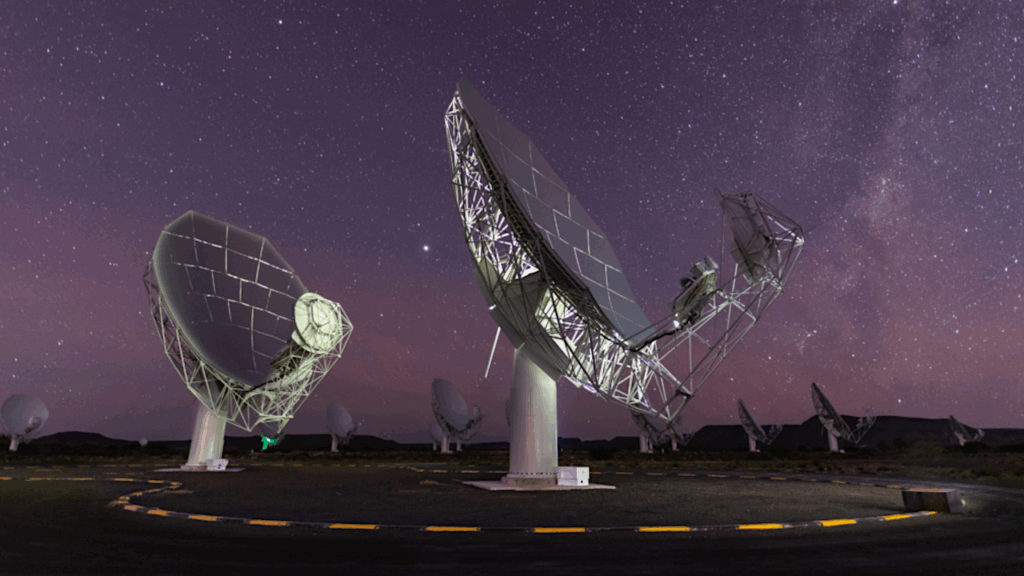Mapping Observations of Peptide-like Molecules Around Sagittarius B2

Peptide-like molecule, which has a close connection with the origin of life, has been detected in universe. Mapping observations of HCONH2 and CH3CONH2, two simplest peptide-like molecules, are performed towards Sagittarius B2 (Sgr B2) complex with the IRAM 30m telescope.
Seven transitions of HCONH2 and five transitions of CH3CONH2 are used in analysis. The spatial distribution of excitation temperature and column density of HCONH2 in the molecular envelope of Sgr B2 are obtained by the rotation diagrams. Assuming the same excitation temperature as HCONH2, the column densities of CH3CONH2 are also calculated. The results show that excitation temperature ranges from 6 K to 46 K in the molecular envelope of Sgr B2.
The abundance ratio between HCONH2 and CH3CONH2 are calculated to explore the relationship among them, as well as HNCO mentioned in our pervious research. The abundance ratio of CH3CONH2/HCONH2 varies from 10% to 20%, while that of HCONH2/HNCO ranges from 1.5% to 10%. CH3CONH2 is enhanced with respect to HCONH2 in the northwest region of Sgr B2. One transition of H13CONH2 is detected toward 12 positions of Sgr B2, from which a 12C/13C ratio of 28.7 is obtained.
A time-dependent chemical model with a short duration of X-ray burst is used to explain the observed abundances of HCONH2 and CH3CONH2, with the best fitting result at Tdust = 53-56 K. More chemical reactions are required to be included into the model since the modeled abundance is lower than the observed one at the observed Tdust.
Siqi Zheng, Juan Li, Junzhi Wang, Yao Wang, Feng Gao, Donghui Quan, Fujun Du, Yajun Wu, Edwin Bergin, Yuqiang Li
Subjects: Astrophysics of Galaxies (astro-ph.GA)
Cite as: arXiv:2310.16664 [astro-ph.GA] (or arXiv:2310.16664v1 [astro-ph.GA] for this version)
Submission history
From: Siqi Zheng
[v1] Wed, 25 Oct 2023 14:24:23 UTC (2,076 KB)
https://arxiv.org/abs/2310.16664
Astrobiology, Astrochemistry








